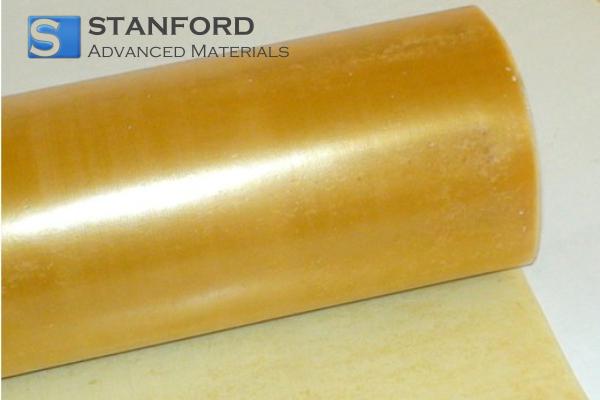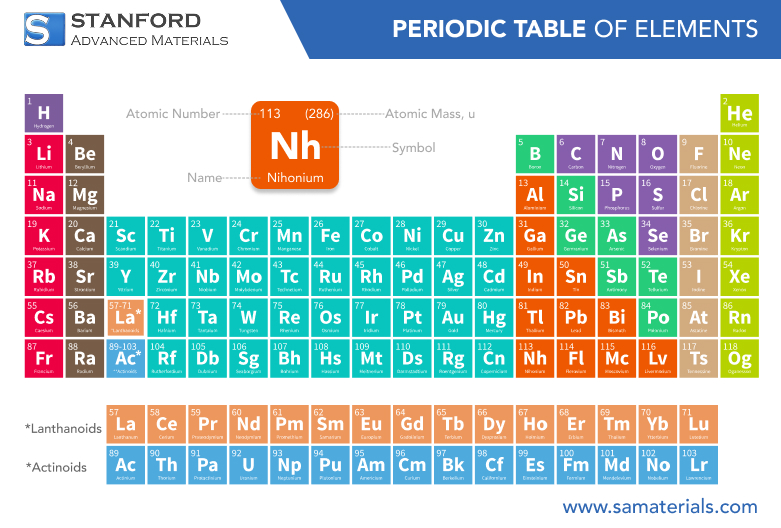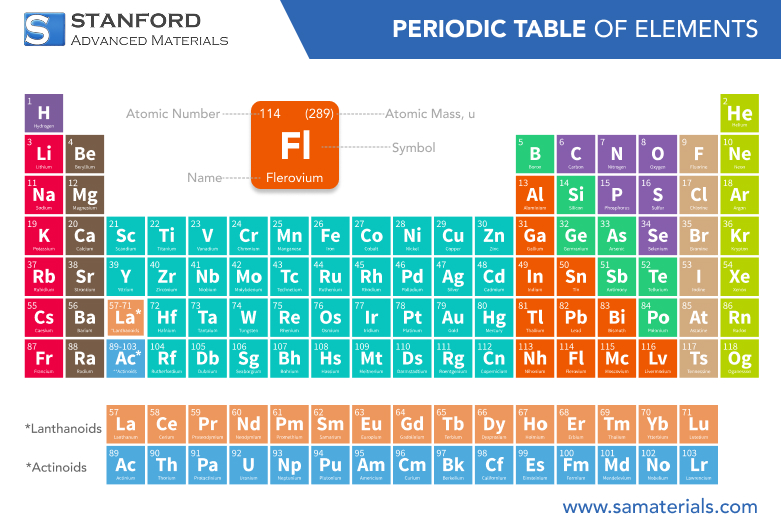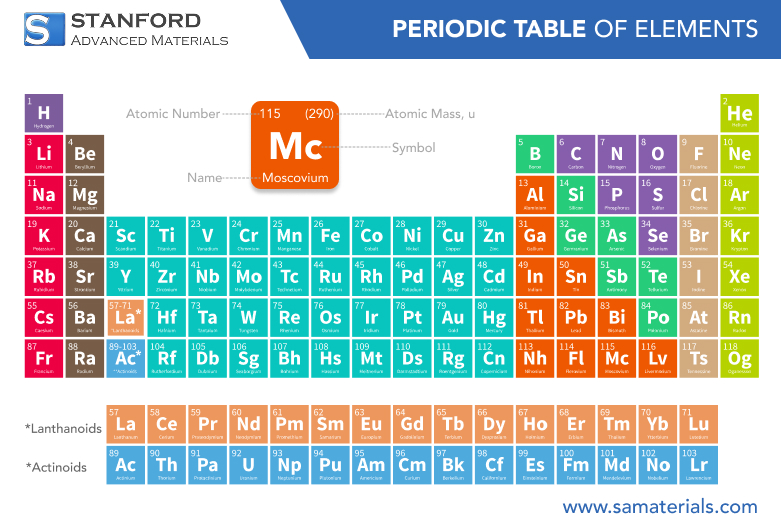Calcium: Element Properties and Uses
Description
Calcium is an essential chemical element, critical to life and industry. This post covers its properties, common uses, preparation methods, and related industrial products.
Introduction to the Element
Calcium is a chemical element with the symbol Ca and atomic number 20. It is an alkaline earth metal, positioned in Group 2 of the periodic table. Calcium plays an essential role in various biological processes, including muscle contraction and bone formation. It is the fifth most abundant element in the Earth's crust and is commonly found in the form of compounds like calcium carbonate and calcium phosphate.
Chemical Properties Description
Calcium is highly reactive and readily forms compounds with oxygen and other non-metals. It reacts with water to form calcium hydroxide and hydrogen gas. In its pure form, calcium is quite soft and can be easily shaped. It burns with a bright red flame when ignited in air, forming calcium oxide. Calcium compounds, especially calcium carbonate, are widely used in construction materials and as industrial agents.
When exposed to oxygen, calcium forms a thin, protective oxide layer. It does not react with nitrogen, but it does react with acids, forming calcium salts. Its reactivity decreases as it moves down the periodic table, making it less reactive than other elements like magnesium.
Physical Properties
Calcium is a soft, silvery-white metal that is less dense than many other metals. The following table outlines some key physical properties of calcium:
Property | Value |
Atomic Number | 20 |
Atomic Mass | 40.08 g/mol |
Density | 1.54 g/cm³ |
Melting Point | 842°C |
1484°C | |
Electrical Conductivity | High |
Appearance | Silvery-white, shiny metal |
Hardness | Soft (can be cut with a knife) |
For more information, please check Stanford Advanced Materials (SAM).
Common Uses
Calcium has a variety of uses, both in biological systems and in industrial applications:
- Biological Uses: It is a vital element for bone and teeth health, muscle function, and nerve transmission.
- Industrial Uses: Calcium carbonate is used as a building material and in the production of lime. Calcium salts are used in fertilizers, food additives, and in the treatment of water.
- Other Uses: Calcium is also used in the production of alloys, particularly in steelmaking, to improve hardness and durability.
Preparation Methods
Calcium can be prepared through several methods:
- Electrolysis of Calcium Chloride (CaCl2): This method involves passing an electric current through molten calcium chloride, which decomposes to release calcium metal and chlorine gas.
- Reduction of Calcium Oxide (CaO) with Aluminum: Calcium can also be extracted from calcium oxide by reduction with aluminum at high temperatures.
Related Industrial Products
Calcium is a core component in a range of industrial products:
- Cement and Lime: Calcium compounds like calcium carbonate and calcium oxide are key in the manufacturing of cement and lime.
- Steelmaking: Calcium is used in the production of steel to remove impurities and enhance the strength of the final product.
- Plastics and Rubber: Calcium salts, like calcium carbonate, are used as fillers in the production of plastics and rubber.
Frequently Asked Questions
What are the primary biological roles of calcium?
Calcium is crucial for bone and teeth formation, muscle contraction, and nerve transmission. It also plays a role in blood clotting.
How is calcium obtained from natural sources?
Calcium is primarily obtained from limestone and other calcium-containing minerals, which are processed in industrial operations.
Is calcium dangerous in its pure form?
Calcium metal is reactive and can be hazardous when exposed to air or water. However, in its compound forms, it is generally safe and widely used in various industries.
Can calcium be found in water?
Yes, calcium is commonly found in natural water sources, mainly in the form of dissolved calcium salts like calcium carbonate.
What industries use calcium the most?
The construction, steel, and agricultural industries are among the largest consumers of calcium in various forms such as calcium carbonate, calcium oxide, and calcium salts.







